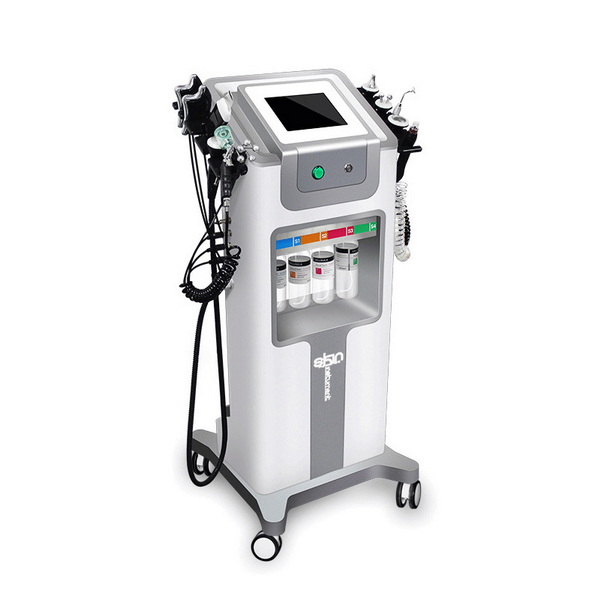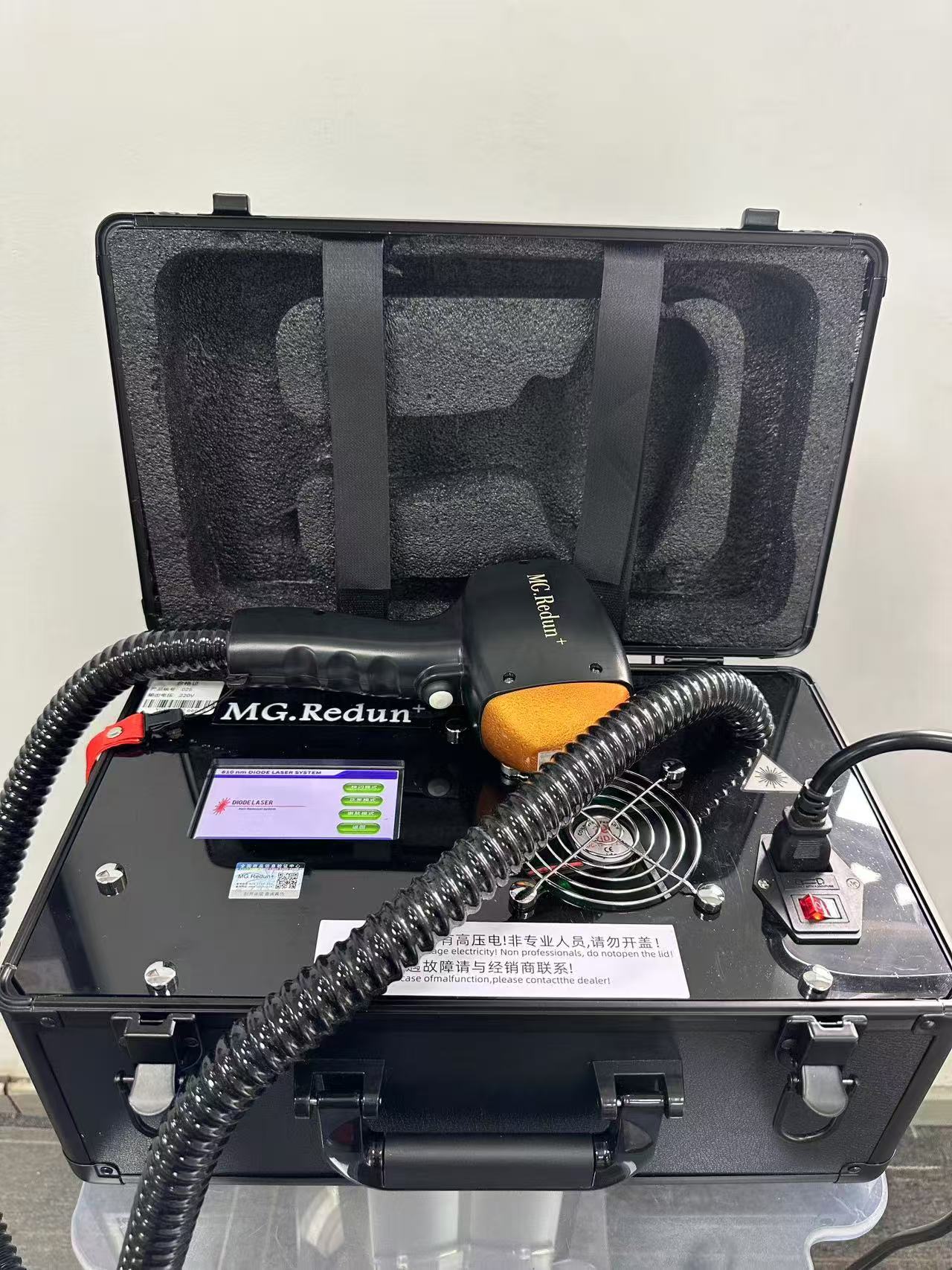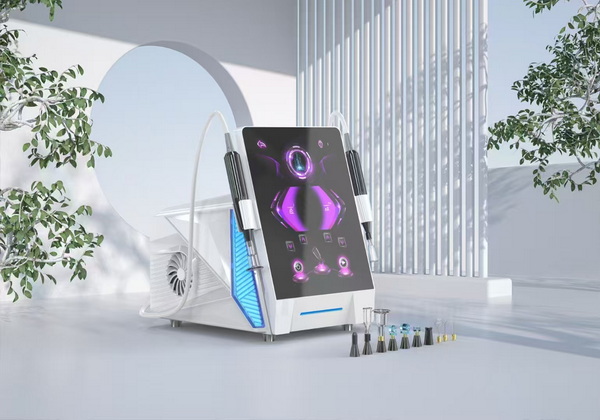5 Reasons Why You Need a Skin Analysis for Healthier Skin
Introduction to Skin Analysis
Understanding your skin’s unique needs is essential for maintaining its health and appearance. Skin analysis is the process of examining the skin to determine its condition, texture, hydration levels, and identifying any underlying issues such as acne, pigmentation, or aging. This analysis can be conducted by skincare professionals using advanced technology, or it can be done at home with basic methods. In either case, skin analysis plays a vital role in customizing skincare routines that are tailored to individual skin needs, resulting in more effective and targeted treatments.
Why is Skin Analysis Important?
Skin analysis is the first step toward healthy, glowing skin. It helps individuals and professionals identify their skin type—whether oily, dry, combination, or sensitive—so that the right products and treatments can be applied. Without proper skin analysis, people often use the wrong skincare products, which can worsen existing conditions or create new problems.
For example, someone with dry skin may require products with intense hydration, whereas someone with oily skin might need oil-controlling formulas. Only a thorough skin analysis can reveal the exact needs of the skin, allowing for a skincare regimen that addresses specific concerns such as fine lines, sun damage, clogged pores, or acne.
The Science Behind Skin Analysis
The advancement of technology has revolutionized skin analysis, making it more precise and data-driven. Dermatologists and estheticians use high-tech devices such as multispectral imaging cameras to conduct in-depth skin analysis. These devices analyze the skin’s surface and subsurface layers, detecting issues like UV damage, inflammation, and clogged pores that are not visible to the naked eye.
A proper skin analysis considers several factors:
- Moisture levels: Determines if the skin is well-hydrated or dehydrated.
- Sebum production: Assesses whether the skin is producing too much or too little oil.
- Wrinkle depth: Measures the elasticity and firmness of the skin.
- Pigmentation: Identifies areas of hyperpigmentation or uneven skin tone.
- Pore size: Larger pores often indicate oily or combination skin.
These factors are crucial in developing a personalized skincare routine, as each skin condition requires specific treatments. For instance, skin analysis might reveal that your skin is prone to dehydration and UV damage, prompting the use of hydrating serums and sunscreen.
Types of Skin Analysis Techniques
There are several methods used to perform a skin analysis:
- Visual Skin Analysis: The most basic form, where a professional examines the skin under bright light to identify visible signs such as dry patches, oiliness, or acne.
- Digital Imaging: Using advanced tools like Visia Complexion Analysis or 3D face mapping technology, a digital scan of the skin is done. This method provides a detailed report of underlying skin conditions like sun damage, pigmentation, and wrinkles.
- Moisture Meters: These devices assess the skin’s hydration levels by measuring its ability to retain moisture. They are often used in spas and dermatology clinics during a skin analysis.
- UV Light Imaging: This reveals underlying issues that are not visible in natural light, such as pigmentation issues or damaged skin cells due to sun exposure.
- Sebum Tests: Professionals use blotting techniques or machines to evaluate how much oil (sebum) your skin is producing. This is important for treating acne or managing oily skin.
Benefits of Skin Analysis
A thorough skin analysis provides many benefits, including:
- Personalized Skincare: After a detailed skin analysis, a personalized skincare regimen can be designed. This ensures that the products used are suited for your specific skin type and conditions.
- Early Detection of Skin Issues: Regular skin analysis can catch early signs of skin damage, such as sunspots or loss of elasticity, allowing for early intervention and preventing these issues from worsening.
- Cost-Efficient Skincare: By understanding your skin’s specific needs, you can avoid wasting money on products that may not work for your skin type. This targeted approach helps you invest in the right products and treatments.
- Anti-Aging Solutions: Skin analysis is vital for those looking to slow the aging process. It identifies areas with loss of collagen, fine lines, and wrinkles, enabling the use of anti-aging products that work for your skin type.
The Role of Skin Analysis in Professional Treatments
For individuals undergoing professional treatments, skin analysis is crucial in selecting the most appropriate methods. For example, in dermatology clinics and spas, before administering treatments like chemical peels, laser resurfacing, or microdermabrasion, professionals conduct a detailed skin analysis to determine the skin’s suitability for each treatment.
Some treatments, such as microneedling, may be recommended after skin analysis reveals loss of elasticity or the appearance of fine lines. Meanwhile, for those with severe acne or pigmentation, laser therapy or light treatments can be customized based on the skin analysis.
At-Home Skin Analysis
While professional skin analysis is recommended for a comprehensive evaluation, you can also perform a basic skin analysis at home. Here’s how:
- Start with Clean Skin: Remove all makeup and wash your face with a gentle cleanser.
- Examine Your Skin in Natural Light: Check for dry patches, oiliness, and any signs of irritation.
- Pore Size and Texture: Look closely at the size of your pores—larger pores usually indicate oily skin. Feel your skin to check for uneven texture.
- Elasticity Test: Gently pinch the skin on your cheek and observe how quickly it bounces back. If it’s slow to return, your skin may be losing elasticity.
- Hydration Check: Press a tissue against your face. If it sticks, you may have oily skin, while dry skin will not leave any residue on the tissue.
Advances in Skin Analysis Technology
The skincare industry is constantly evolving, and skin analysis is no exception. Recent developments include AI-powered devices and smartphone apps that can conduct a skin analysis from the comfort of your home. These tools use algorithms to scan your face and analyze key metrics such as skin tone, texture, and problem areas like acne or wrinkles. Based on the skin analysis, the app can recommend products or treatments that suit your skin.
Devices like the Visia Skin Analysis System and SkinScope have made skin analysis more accurate and accessible. They use 3D imaging technology to evaluate skin conditions and monitor progress over time, allowing dermatologists to adjust treatment plans based on the latest results.
The Importance of Regular Skin Analysis
Regular skin analysis is essential because the condition of your skin changes over time due to aging, environmental factors, and lifestyle changes. What works for your skin at one point in time might not be suitable a few months later. Therefore, scheduling a professional skin analysis every six months can help keep your skincare routine effective and relevant.
The Future of Skin Analysis
Looking ahead, skin analysis will likely become even more personalized and precise, thanks to AI and machine learning. Skincare companies are investing in technology that can continuously analyze skin conditions in real-time, adjusting skincare routines based on current skin needs. This could lead to the development of adaptive skincare products that change formulas based on the results of skin analysis.
Conclusion
In conclusion, skin analysis is an invaluable tool in achieving and maintaining healthy, glowing skin. It provides insight into your skin’s needs and helps prevent issues like premature aging, acne, and sun damage. Whether done professionally or at home, regular skin analysis ensures that your skincare routine is tailored to your unique skin type, delivering the best results. As technology continues to advance, skin analysis will only become more accessible and accurate, helping more people take control of their skincare journeys.











